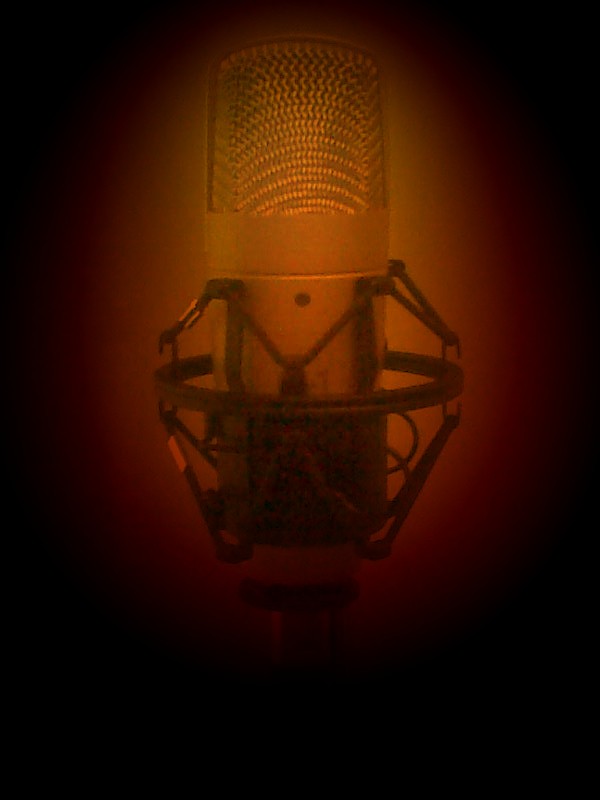
Composing With Sounds : Musique Concrète
|
|
Home | What it's about | Where to begin | Software | Resources | Links | Musique Concrète - History | Contact Us |
|
What can we build with Musique Concrète?Musique Concrète is about building music from concrete or recorded sounds. Think of it like using a collection of recorded sounds (or even sound samples) as building blocks, in the same way a builder uses a load of bricks and other objects to build a house, or a cook uses a pile of ingredients to create some delicious food. Some composers refer to these as found sounds. The original sounds can come in four categories:
These four categories were originally identified by Terence Dwyer. Terry wrote a wonderful book, Composing With Tape Recorders, way back in 1971, telling students how to make this stuff with tape recorders. 50 years later, this site aims to help you in the same way, but using computers! It's also worth remembering that the most powerful "instrument" available to most of us is our voice. If you don't believe this, go to the "Links" page, and check out a work by John Young called "Inner". Once we have our concrete sounds, then we can manipulate them by adjusting their pitch; changing their duration [how long they last]; chopping pieces from the beginning, middle or end; filtering them to take out or emphasise part of the sound; applying other effects ... then reversing each sound before doing all those things to it again ... then putting the results into some kind of order - with repeats if we like (yes, repeats are allowed!) - so we have organised our sounds. After all, all music is organised sound.
|
|
|
| © Copyright 2010-2015 musiqueconcrete.co.uk and © 2020-2022 composingwithsounds.org.uk |
This Web page originally created with PageBreeze Free HTML Editor